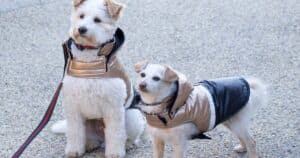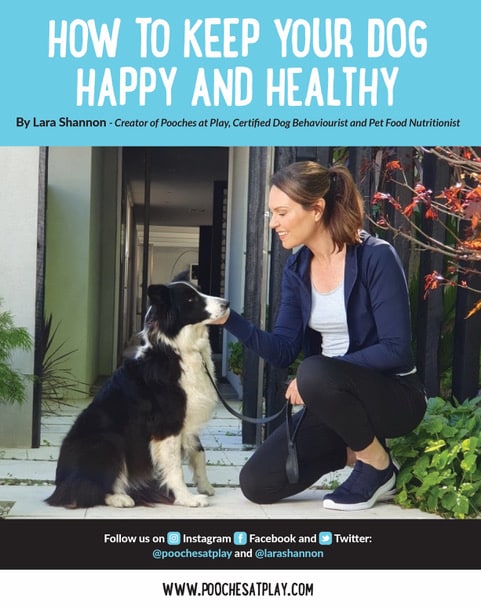

The Golden Retriever breed was originally developed in Scotland as sporting dogs in the late 19th century to retrieve water fowl.
They’re placid, friendly and brimming with joy. They are great with children and tend to get along with other pets. They are intelligent and eager to please and this, along with their love for work, is why we see them in so many service and therapy dog roles. In contrast, Golden Retrievers aren’t really considered much of a guard dog given their love of people!
The Golden Retriever has a water-resistant double coat that is perfect for their love of water. As an average shedder, the Golden Retriever needs a brush once or twice a week will keep their flowing locks looking luscious.
They range from shades of cream to deep gold. Often the tips of a puppy’s ears will indicate what their final colouring will be as an adult.
They are highly intelligent and have a strong desire to work so they love obedience training and excel at dog sports. Generally Golden Retrievers are easy to train, as they’re smart, loyal dogs that love to please people.
As they were bred to be hunting dogs and work alongside humans, they have a natural desire to be obedient. Plus, they can be very food motivated as well, which helps with your positive reinforcement training.
The Golden Retriever thrives on being included in all family activities – both inside and outside of the home. If you aren’t willing to fully embrace them in your life and activities, this breed is not for you.
The Golden Retriever likes to be active and, given their history, they can spend hours at the park or beach playing fetch or romping around in the water. They do need a decent amount of daily exercise and, as long as they are kept active and have daily outings, they can do well in any sized home or apartment.
Like the Labrador Retriever, Goldens love their food so you will need to watch their weight to keep them healthy. Especially as they are prone to Hip and Elbow Dysplasia, so any excess weight will place added pressure on their bones and joints.
Recent studies have also shown that delaying desexing in this breed has significant benefits for long term health, including joint disease. Your veterinarian will be able to guide you with this decision.
They can also suffer from eye problems including entropion, where the eyelid rolls inwards causing irritation, and potential corneal ulcers, as well as progressive retinal atrophy (PRA) and cataracts. Ear infections and hypothyroidism can also be a problem.
An inherited heart disease known as Subaortic stenosis prevalent in the breed. Affected dogs are usually young in age and often have a reduced life span.
That’s why it is so important to choose a breeder that screens their puppies and provides certificates showing they have been tested, and always research the breed you are considering thoroughly so you can be prepared and know what to look out for.
About the Author: Lara Shannon is a certified dog behaviourist and trainer, pet food nutrition specialist, Executive Producer and Host of Pooches at Play on Channel 10 and editor of Poochesatplay.com. Lara also runs her own dog training business in Melbourne’s Bayside area and is the Author of World of Dogs and Eat, Play, Love Your Dog

The benefit of interactive toys for dogs


Tips for preparing a raw food diet for your pet


Winter safety for dogs – Top Tips

Receive a FREE copy of the E-Book “How to Keep your Dog Happy & Healthy”


Get your paws on Lara Shannon’s best selling books ‘Eat, Play, Love (your dog) and World of Dogs.
Available in Australia, USA, UK and Canada.